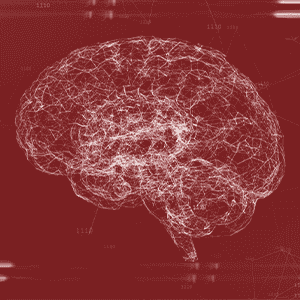“The number of enterprises implementing artificial intelligence (AI) grew 270 percent in the past four years and tripled in the past year, according to the Gartner, Inc. 2019 CIO Survey.” This increase equates to 37% of enterprises in the survey.
This statistic supports the reality that many of us see on a daily basis: organizations are moving beyond experimentation with proofs of concept (POCs) and pilot projects to deploy artificial intelligence and big data analytics for core operations.
What if I’m already behind in artificial intelligence and big data analytics?
If you aren’t one of the organizations who are deploying AI and you do not have a big data architecture, getting started with some form of machine learning (making predictions) and data science (the discipline of extracting knowledge from data) is the first step in the journey. Typical starting points are customer analytics for sales and marketing, supply chain and manufacturing uses, or fraud detection and other security applications. These applications drove initial adoption of machine learning and data science.
Artificial intelligence, which was conceived of in the 1950s, has taken off recently with advances in ways to manage big data cost-effectively and leaps in computational power to mimic human reasoning – aka AI – in narrow or general applications.
The applications of articficial intelligence that are becoming mainstream in 2019 include the use of images and video, natural language, and so-called edge applications.
Computer vision: using artificial intelligence to recognize the world
The first AI application area going mainstream in 2019 is computer vision, or techniques that identify and classify objects in multimedia files like images and videos. Computer vision applications that are driving widespread adoption deal with people and products. Facial recognition makes the news, but healthcare applications, like identifying cancer, heart abnormalities, fractures, and other issues are also becoming common within health systems. Outside of healthcare, computer vision is used to identify physical products for retail needs and parts for supply chain applications.
Natural language: automating communication
Chat bots and virtual assistants have quickly followed other successes in natural language technology, like sentiment analysis, generating structured writing, and search applications. Unstructured data or text seemed too opaque to analyze: how can we get meaning from so much variety? The reality is that language has many patterns that are remarkably stable (about half of the words in a written piece occur once and about half of the remaining words occur twice).
Once natural language processing (NLP) began unlocking text, applications emerged, particularly for marketing (how do I get closer to people by understanding their needs and communicating with them), security (how do I avoid unwanted communication like spam), information retrieval (how do I find the right information in a large amount of text), and sharing (how do I write the logical sentences to make financial data more understandable for investors). Applications of artificial intelligence in NLP have hit the mainstream often as bespoke applications or tools that automate communication on specific contexts, often in making customers’ lives easier.
Artifical intelligence at the edge: decentralizing decisions.
With the recent spread of ubiquitous devices and sensors, new data flowed from many end points “at the edge” to applications that learn from these millions of data points, and IoT was born. Once data began flowing to the center, from lamp posts, trucks, manufacturing sensors, refrigerators, farm equipment, and so on, it became inevitable for efficiency’s sake to push decision making to these edge devices.
Why? Because manufacturing processes, medical devices, and cameras may need to make real time decisions. Round-tripping the data for central decision making may happen too late, costing an organization a lot of money or lives. Look for applications with the need for quick responses and chances are AI processing is being distributed to the actual points of data collection.
Syntelli helps organizations stay up-to-date with market-leading solutions in artificial intelligence and big data analytics, machine learning and data science.

